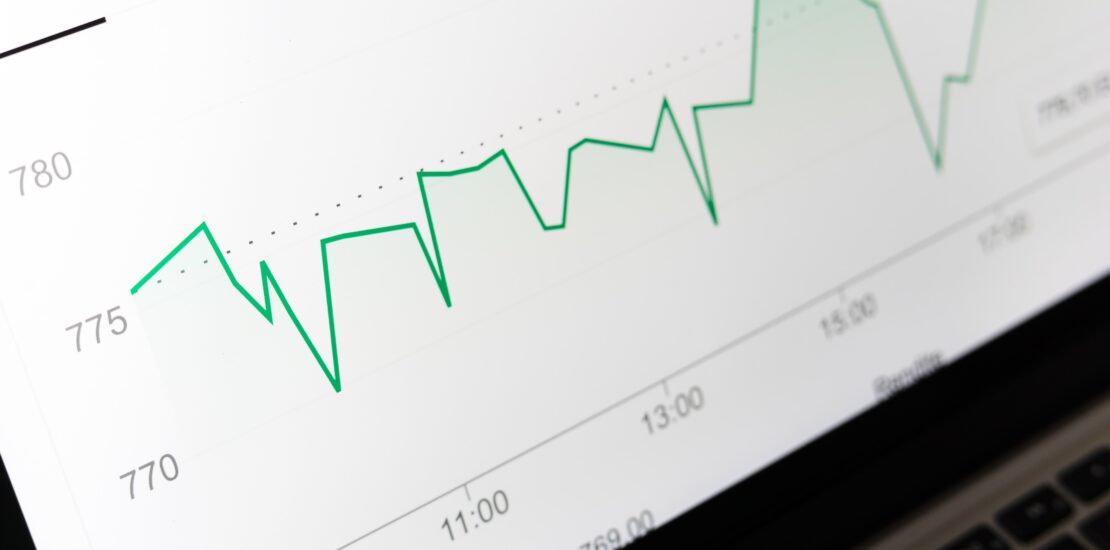- September 18, 2023
- Posted by: Mitch Stimers
- Category: Writing

Writing the Dissertation’s Results
Writing a doctoral dissertation is a significant achievement, one that involves meticulous planning, research, and dedication. Among the various chapters in a dissertation, the results chapter is where you showcase the outcomes of your study. The results chapter is crucial for quantitative research and is filled with statistical analyses, figures, and tables. Here’s a guide on how to structure the results chapter effectively: Writing the Dissertation’s Results
Introduction to the Chapter Writing the Dissertation’s Results
Before diving into the numbers, give a brief introduction. Recap the research questions or hypotheses you set out to test and provide a brief context; this helps the reader understand the framework of your analyses. Writing the Dissertation’s Results
Data Screening and Preliminary Analysis
Before presenting the main results, it’s helpful to discuss the preliminary steps you took:
Data cleaning: Mention if any data was removed or adjusted and why.
Tests for assumptions: Assumptions exist for many (if not all) statistical tests, like the assumption of normality or homogeneity of variances. Indicate any tests you conducted and their outcomes.
Descriptive statistics: Provide basic statistics (mean, standard deviation, frequency) about your main variables. Writing the Dissertation’s Results
Results for Each Research Question/Hypothesis Writing the Dissertation’s Results
Structuring your results based on the research questions or hypotheses is best. For each:
- State the question/hypothesis: Remind the reader of the research question or hypothesis under study.
- Present the statistical test(s) used: Specify the test, e.g., t-test, ANOVA, regression analysis, and why you chose that test.
Detailed results: Present the statistical outcomes (test statistic, p-value, effect size). Make sure to interpret the results. Did you reject or fail to reject the hypothesis?
Tables and Figures: Visual aids can make complex data more digestible. Ensure they’re clear, properly labeled, and referenced in the text. Writing the Dissertation’s Results
Sub-group or Additional Analyses
Sometimes, there might be secondary analyses or explorations besides the main hypotheses. For instance, if you were examining differences by gender, you might also want to see if these vary by age. This section can house those additional analyses.
Summary of Findings Writing the Dissertation’s Results
After presenting all results, provide a concise summary. Highlight the main findings and their implications concerning your research questions or hypotheses. This section does not involve a detailed interpretation of results, as that appears in the Discussion chapter.
Formatting Tips
Tables and Figures: Ensure they are well-formatted, consistently labeled, and numbered. All should have descriptive captions. Writing the Dissertation’s Results
Consistency: Maintain a consistent style for presenting statistics, e.g., how you report p-values or confidence intervals.
Clarity: Although this is a quantitative chapter, avoid inundating the reader with numbers without context. Ensure a balance between statistics and their interpretation.
End on a Link to the Next Chapter
Typically, you’ll have a Discussion or Analysis chapter after the Results chapter. Add a sentence or two hinting at what’s to come, e.g., “The implications of these findings and their relation to existing literature appear in Chapter 5 (or Discussion and Analysis).” Writing the Dissertation’s Results
Conclusion
The Results chapter is a showcase of your hard work. By presenting it in a structured, clear, and logical manner, you ensure that your readers, whether experts or not, can understand and appreciate the significance of your research. Remember, the key is to be clear, concise, and systematic in your presentation. Writing the Dissertation’s Results
Resources
Writing a Quantitative Research Thesis

